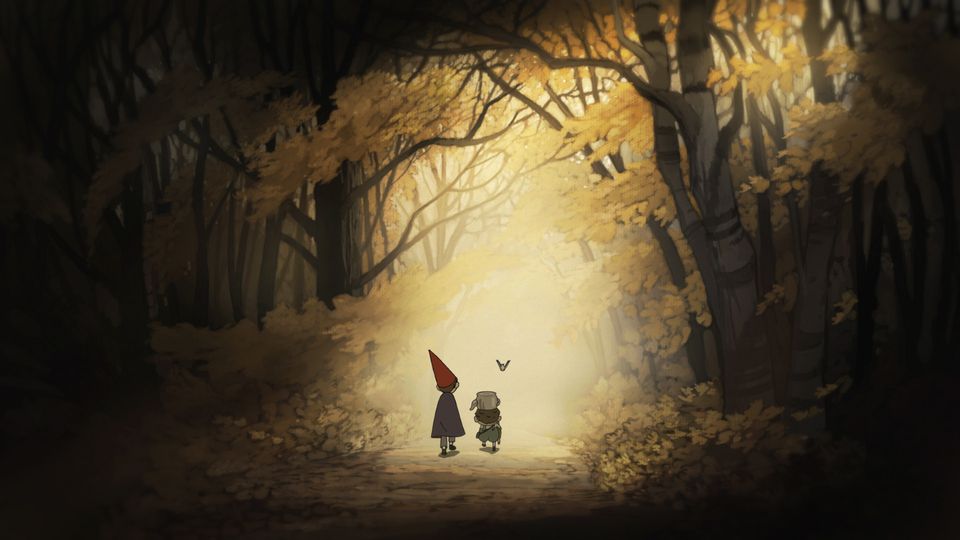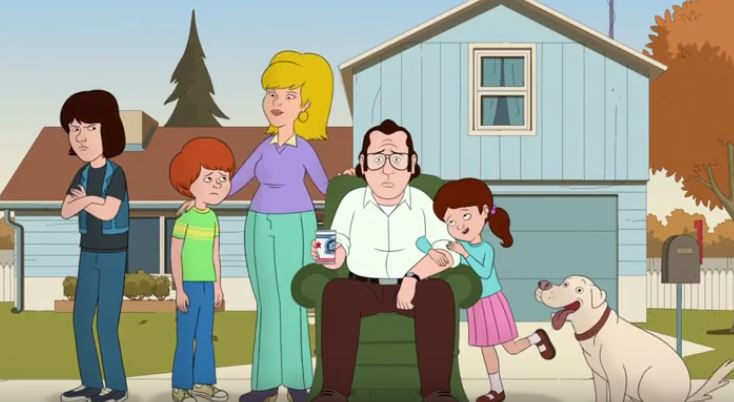So for those of you not in the know, Kung Fu Panda 3 is the first US blockbuster intended for both American and Chinese audiences simultaneously. It’s listed on IMDB as a “Dreamworks Animation, China Film Co.” production.
Consequently, the film tries obviously to appeal to both markets, replacing in-jokes, wordplay, and satire of the Western hero’s journey, with slapstick and exaggerated physical humor. There is a lot of money to be made in the Chinese market, and they wouldn’t want to cut off that supply of precious Yuan with any scary cultural markers.
This comes among recent discussion over the role the Chinese market has in American films. The makers of critically acclaimed hit Mad Max: Fury Road announced it will not be receiving a sequel, because it wasn’t profitable enough overseas, and because Chinese audiences reacted unfavorably to the pop culture mentions in Marvel film Guardians of the Galaxy, some have speculated the upcoming sequel will involve more nutshots than Footloose references.
The film itself features some of most obscenely expensive visuals to date, and action scenes reminiscent of Dragon Ball Z, but not in a particularly good way. The film is filled with explosions and flashes of color that try their best not to have any weight to them.
To be fair, the US has been doing the same to smaller countries for years, as many French locales have been forced to include easy to pronounce menus, but it can still be disturbing seeing Hollywood films turned into tourist traps. From one oppressive regime to another, it will be interesting to see how US audiences respond to the growing trend in watering down films for global distribution.


